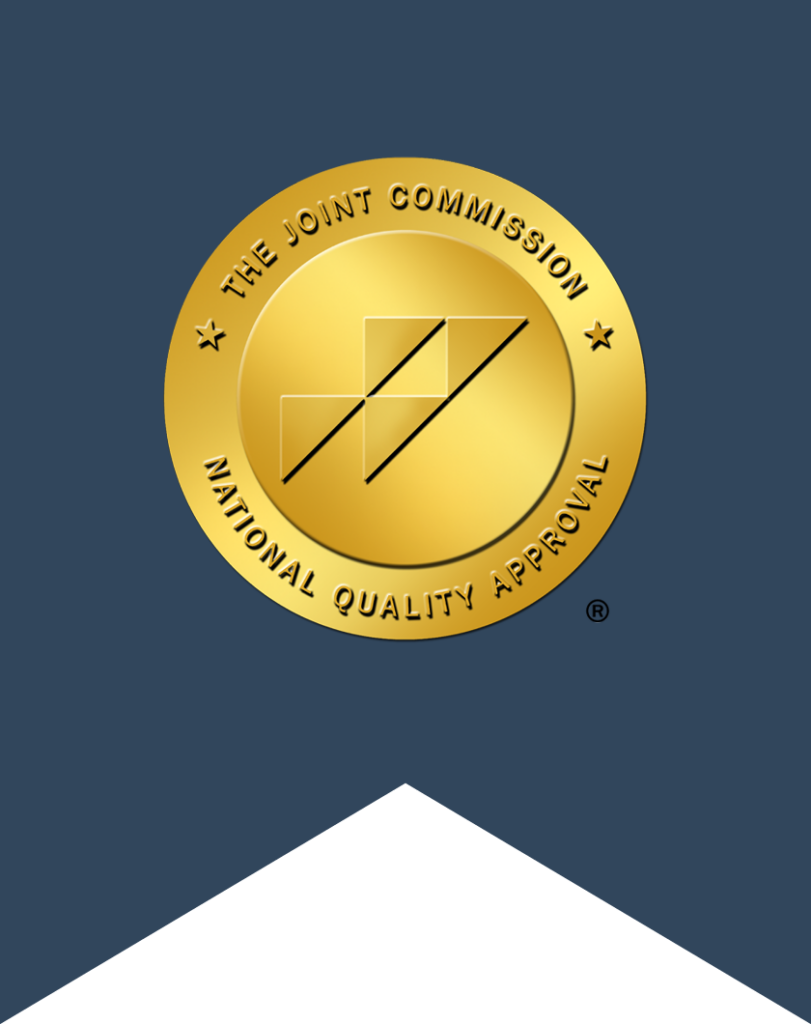The client in this case study was a 23-year-old male presenting at the PHP, IOP, and OP level of care to address problems such as Paranoid schizophrenia, bipolar disorder, and Cannabis use disorder. Upon his arrival, the client was highly guarded, combative, reluctant, and ambivalent about any change. This was due to his mental health as he displayed symptoms of paranoia and delusions consistently, which would cause him to have outbursts and demand to leave treatment several times a day. The client has also suffered several concussions from playing soccer, at which point he began abusing marijuana. He has been forcefully hospitalized several times, and, on most occasions, it was due to him using marijuana and being unable to control his mental health.
Throughout the first few months, the client presented with psychotic features preventing him from gaining insight into his mental health and poor impulse control. Most sessions were focused on ATA blocking and behavioral interventions. The client spent most of his time displaying paranoia, including “showing” his therapist a camera in the ceiling, which represented him being an actor in a movie that his former friend from high school was making. The client cursed and yelled at his therapist, slamming his door daily for several weeks. For the first several weeks of treatment, the calls with his life coach and parents were counterproductive as the client would often curse at them and storm out of the office. The client’s mood shifted rapidly throughout the day, and several interventions were needed for him to remain calm.
He slowly began to stabilize through the help of medications and therapy, not only from his primary therapist but with the help of several staff members and the client’s life coach. The therapist used modalities such as motivational interviewing to help him gain insight and awareness of his mental health issues along with CBT, including thought logs asking him to identify the problem and the evidence that the problem even existed. The therapist began using more assertiveness to have the client understand the reality of his mental health and whatever symptoms he was displaying at the time. The client appeared to develop co-dependency during his stay. The client would get attached very easily to several female peers, which would cause him to lose focus, be overly emotional, and demand to leave treatment. The client became more comfortable, which allowed him to be more vulnerable and honest with his therapist, at which point he began to improve overall. The therapist would often take the client for walks, spend extra time with him, and provide him with education and assignments regarding his problem areas.
312 days later, the client completed the program after being in the OP level of care. He made the conscious decision to step back up to PHP following a psychotic break where the client was experiencing AVH. He transferred to the cottages and eventually moved to a local sober living home. During his stay, he built a relationship with his parents, obtained a sponsor, and a home group, attends alumni regularly, began working, is compliant with his medications, and will be celebrating a year clean and sober on 7/26/2022. The client also became the chairperson of his home group and was responsible for finding people to share their experiences, strength, and hope. During coin out celebrating his completion of treatment, the client cried the entire time with tears of sadness, joy, and gratitude.
